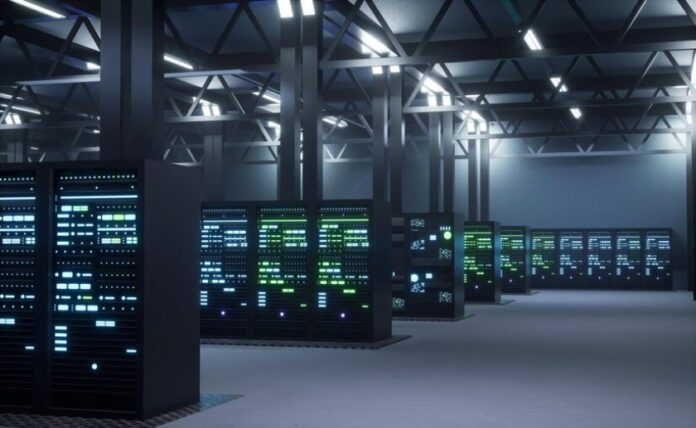Electricity demand from data centres is entering an unprecedented growth phase driven by rapid adoption of AI workloads.
Gartner projects a significant rise in global consumption, highlighting the urgency for cleaner and more efficient power solutions. Below is a comprehensive breakdown of the trends, forecasts and regional patterns shaping data centre power needs.
10 Key Points on Data Centre Electricity Demand Growth
Sixteen percent growth expected in 2025
Worldwide electricity demand for data centres is projected to increase sixteen percent in 2025, reflecting the accelerated pace of AI and cloud adoption.
Global consumption to rise from 448 TWh to 980 TWh
Gartner forecasts data centre electricity usage will more than double between 2025 and 2030, increasing from 448 terawatt hours to 980 terawatt hours.
AI optimised servers driving consumption spike
A major portion of the growth is attributed to AI optimised servers, which require significantly higher power than conventional servers.
AI server consumption to rise nearly fivefold
Power use from AI optimised servers is set to jump from 93 terawatt hours in 2025 to 432 terawatt hours in 2030.
AI servers to account for 21 percent of power consumption in 2025
In 2025, more than one fifth of all data centre electricity demand will come from AI optimised systems.
Share to reach 44 percent by 2030
By 2030, almost half of global data centre power demand will be attributed to AI oriented compute.
Sixty four percent of incremental demand linked to AI by 2030
AI workloads will be responsible for nearly two thirds of additional power needs in the sector.
Growing need for efficient compute infrastructure
The rapid expansion of AI is encouraging investments in advanced cooling, power optimisation and next generation server architectures.
Microgrid and on site energy solutions gaining traction
As consumption increases, operators are evaluating microgrids and distributed energy systems to maintain reliability.
Power constraints emerging as a business risk
Electricity availability is becoming a critical factor in data centre site selection and expansion decisions.
10 Key Points on Regional Trends and Clean Power Options
US and China dominate global data centre electricity demand
Together, the US and China will account for over two thirds of total energy consumed by data centres.
China holds an efficiency advantage
China benefits from more energy efficient server deployments and stronger long term infrastructure planning.
US consumption to rise from 4 percent to 7.8 percent
Between 2025 and 2030, data centre electricity use as a share of US regional consumption will almost double.
Europe to grow from 2.7 percent to 5 percent
European data centre power needs are also projected to increase steadily amid the rise of cloud and AI services.
Moderate growth expected in China and Asia Pacific
While still expanding, these regions will experience more controlled increases compared to the US and Europe.
Fossil fuel based on site power generation remains dominant today
Most data centres still rely on diesel and natural gas for on site backup and generation.
Shift toward clean on site power is accelerating
Green hydrogen, geothermal systems and small modular reactors are emerging as alternatives for future data centre microgrids.
Natural gas to remain the primary interim option
In the near term, natural gas will continue as the main power source due to availability and cost advantages.
Battery energy storage systems set for rapid growth
Within three to five years, wider adoption of battery storage is expected to support variable renewable sources like solar and wind.
Geothermal microgrids promising but costly
Despite long term potential, high installation costs and permitting hurdles are likely to keep geothermal usage limited for now.
Baburajan Kizhakedath

